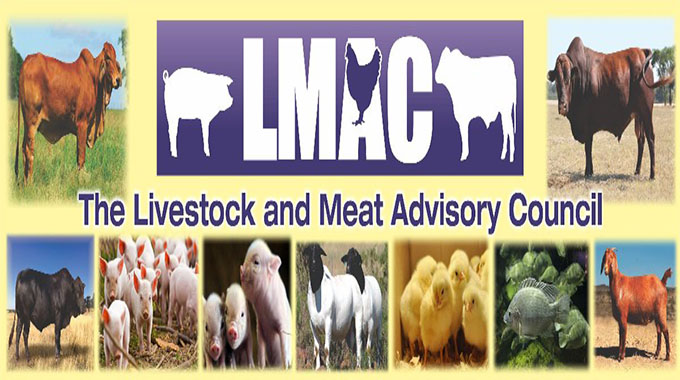Milk output up

Livestock and Meat Advisory Council
The Chronicle
Oliver Kazunga, Senior Business Reporter
ZIMBABWE’S milk output for the first quarter increased by 14 percent to 19,4 million litres compared to the same period last year, the Livestock and Meat Advisory Council has said.
In its latest report for the period under review, the Livestock and Meat Advisory Council (LMAC) said:
“Milk production for the first quarter of 2019 totalled 19,4 million litres, an increase of 14 percent over the same period in 2018”.
It said a positive growth of 12, 18 and 14 percent respectively had been recorded each month during the quarter under review compared with January, February and March in 2018.
LMAC said the country’s annual demand for milk was 120 million litres, implying a deficit of about 45 million litres in milk production per year.
Government has partnered the private sector in the implementation of a strategic plan to boost milk production by growing the dairy herd to 30 000 animals by 2022 as well as supporting infrastructural development.
“Under the European Union-funded Zimbabwe Agricultural Growth Programme, the dairy sector, including milk collection centres and small-scale producers will be supported over a four-year period for equipment and infrastructural development.
“At least 1 000 in-calf dairy heifers will be distributed to farmers on a revolving basis,” said LMAC.
The Government targets to increase milk output by margins ranging between 97 million and 100 million litres per annum.
In the beef sector, the council said during the quarter under review, cumulative slaughters were 57 674, a decrease of 13 percent over the same period last year.
It said the decrease was caused by a combination of uncertainty and volatility about prices in the small-holder areas and the increased cost of animal protein across the board.
“The average slaughters per month for the first quarter of 2019 was 19 225 head, the February slaughter figure of 17 962 head was the second lowest on record since January 2015. For the year to March 2019, Mashonaland West recorded the highest number of slaughters at abattoirs monitored by the Department of Livestock Production and Development, accounting for 20 percent of the national slaughter. Midlands, Mashonaland East and Matabeleland South were second, third and fourth respectively,” said LMAC. — @okazunga.
